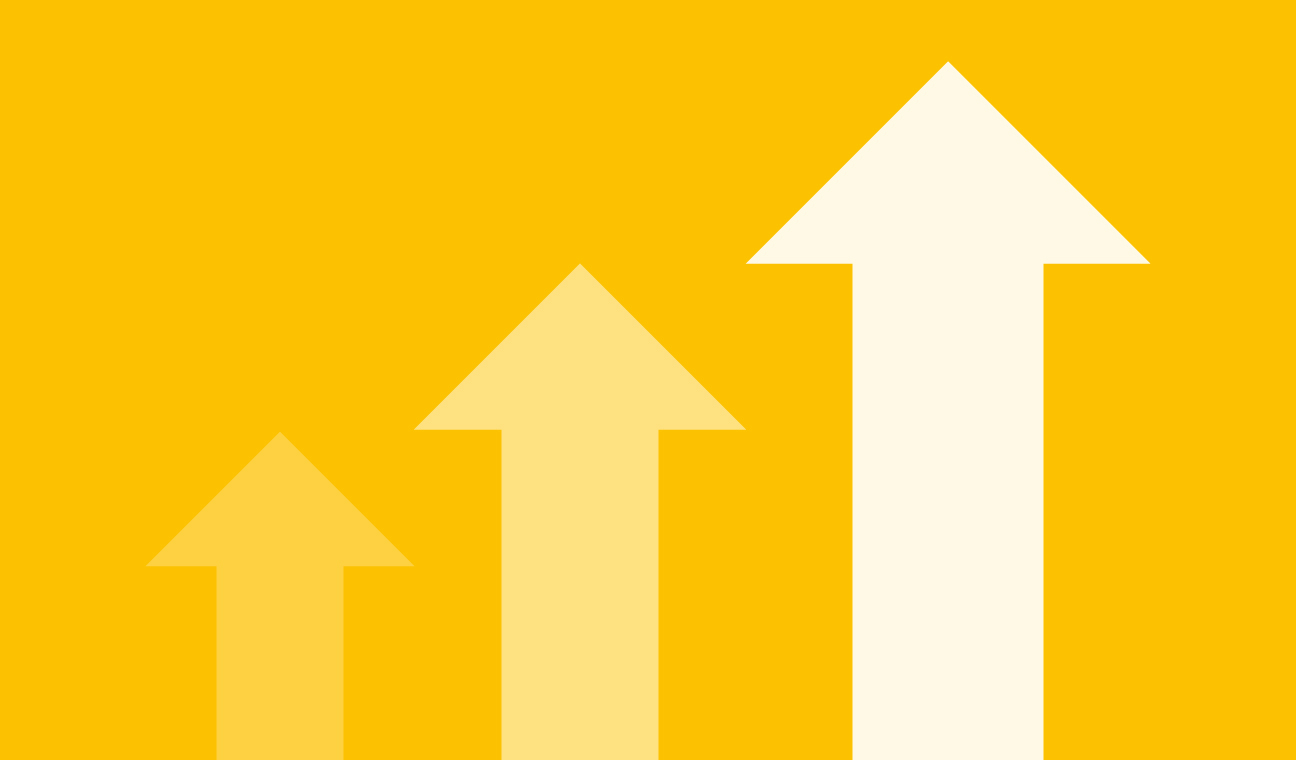While many have long anticipated the end of 2020, we would be remiss not to discuss the top digital advertising trends we witnessed during an unforgettable year. Don’t worry—we’re looking ahead, too. Last month, we released our annual Industry Pulse report, which surveys industry experts about the trends and challenges they predict for the year. Check out the top trends, and what IAS and the industry predicts will happen in 2021.
The digital landscape adapts to new technology
Cookies begin to deprecate
Google Chrome’s promise to dissolve cookies by 2022 sparked new conversations between publishers, advertisers, and tech providers. While the change poses challenges to identity resolution, it creates opportunities for the industry to work together to develop a new standard and incorporate contextual advertising solutions into their marketing strategies.
What to expect in 2021… Nearly half of industry experts say that cookie deprecation will be the top media challenge in 2021. All eyes are poised on developing a new industry standard for identity resolution in the future.
5G is introduced to the world
The highly anticipated release of 5G feels almost inconsequential in light of global developments and crises since its announcement. Still, the technological advancement creates space for further innovation, specifically on mobile devices.
What to expect in 2021… Industry experts look forward to the ways 5G will expand horizons for mobile. 48% of respondents said mobile will be a priority in 2021, and 58% of them agree that expanding 5G adoption will improve the mobile gaming experience, opening new advertising opportunities.
Coronavirus changes communities, industries, and the world
The global coronavirus pandemic has disrupted the daily routines of people around the world—where commutes, shopping excursions, or dinner dates once kept consumers connected to the outside world, technology has stepped in. While the world faces larger and more pressing issues than solving for advertising industry challenges, IAS has surveyed both consumers and industry experts to better understand how to navigate these unprecedented circumstances.
Consumers stay home and streaming skyrockets
As stay-at-home orders took effect, consumers adjusted by leveraging technology to stay connected, read the news, explore new hobbies, and consume content. While CTV adoption was already on the rise, these behaviours paved the way for an unexpected surge. Last year, IAS found that 90% of consumers have access to a CTV device, and 63% of them prefer CTV devices for streaming. As of Q2 2020, eMarketer found a 239% increase in time spent with smart TV devices worldwide, and a 61% increase in time spent on CTV devices, specifically.
What to expect in 2021… The future of TV is digital and experts agree: digital video, OTT, and CTV were listed as the top media priorities for 2021. Additionally, 62% said that CTV, digital video, and OTT have the greatest potential for innovation this year.
Advertisers halt campaigns, change creative
As marketers navigated brand safety amid the bourgeoning pandemic, they understandably faced uncertainty about how best to respond. Some campaigns were halted altogether, while some brands were quick to pivot their creative toward tailored messaging about the evolving situation.
What to expect in 2021… Good news: Advertising is expected to bounce back. Nearly two-thirds of respondents said that the pandemic will either maintain or increase their expected media budget and revenue this year.
Publishers are impacted by sweeping keyword blocking
In the response to coronavirus, publishers were directly impacted. Whether by inventory loss or binary keyword blocking approaches to brand safety, publishers saw both decreased revenue and increased fear of brand risk. IAS, among others, spoke out about the importance of a pragmatic, holistic approach to brand safety and suitability. Namely, a successful strategy should avoid excessive keyword blocking and take a more nuanced approach that considers other variables, such as context, sentiment, and quality of a given environment.
What to expect in 2021… Buy- and sell-side experts agree that brand risk mitigation will be a priority for their organisation. For coronavirus specifically, 73% of respondents said that the suitability of coronavirus news and content will depend on the brand. In other words, the industry acknowledges the nuance with which brand safety and suitability strategies should be applied.
Trending news topics challenge advertisers to take a stand
Social justice movements and politics sparked conversations about brand safety
Coverage of movements for social justice, Brexit and the 2020 U.S. presidential election prompted age-old conversations about brand safety and suitability to resurface. And, more than simply considering advertising adjacencies, many advertisers took a stand against inequality and racism. Rather than simply blocking all news, advertisers instead sought to appear alongside content that aligns with their values. At the same time, publishers worked to ensure marketers could understand the content they were publishing. Between adapting to new legislation and responding to evolving news, the industry became increasingly positioned toward contextual advertising practices.
What to expect in 2021… Transparency is the name of the game. Specifically, advertisers are looking to social media platforms that specialise in user-generated content for increased visibility into media quality. Insight will be key to success given that consumers are increasingly sharing and reading news through social media. In our survey, 59% of respondents said that insufficient transparency into media quality metrics will impact their social media spend.
Want to know more about what the industry predicts for 2021? Download the IAS 2021 Industry Pulse Report below.
 Share on LinkedIn
Share on LinkedIn Share on X
Share on X


